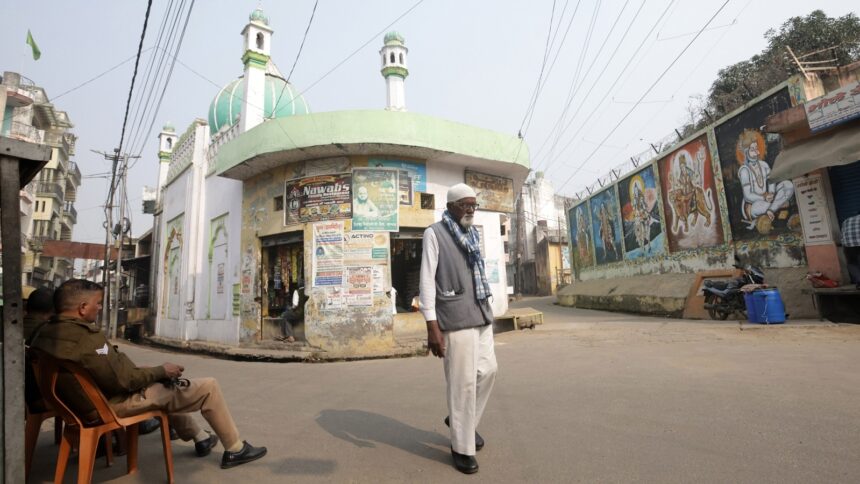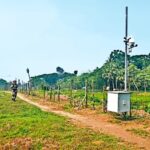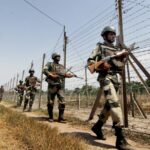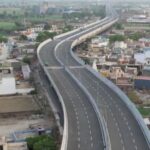The Supreme Court Tuesday asked the management committee of the mosque in Uttar Pradesh’s Sambhal district to respond to the state government’s contention that a well, which the mosque claims to be partly on its premises, is “situated near and not inside the disputed religious site”.
A bench of Chief Justice of India Sanjiv Khanna and Justice Sanjay Kumar gave the committee two weeks to respond to the UP government’s status report filed on February 22, even as it wondered whether the dispute over the well cannot be resolved amicably.
The bench was hearing an application filed by the committee in a pending appeal against the November 19, 2024, direction of a local court appointing an advocate commissioner to survey the mosque following Hindu side’s claims over it.
The Hindu side claims that the Mughal-era mosque was built after destroying a temple called Hari Mandir.
The application by the committee contended that a public poster purportedly issued by Sambhal Nagar Palika, regarding a well adjoining the mosque, referred to it as being located in a corner of the Hari Mandir. Hearing the application on January 10, the court stayed the execution of the notice and sought a status report from the UP government.
“The well…locally known as ‘Dharani varah koop’.. is situated near and not inside the disputed religious site, and as such, has no relation/connection with the mosque/disputed religious site.
Even the disputed religious site is itself situated on public land. It is submitted that the well is a public well and is not situated anywhere inside the mosque/disputed religious site. In fact, there is no access to the subject well from inside the mosque,” said the status report filed by the UP government on February 22.
On Tuesday, the bench sought to know why the reply to the report had not been filed yet.
Senior Advocate Huzefa Ahmadi, appearing for the mosque committee, sought three weeks’ time to file its reply on the ground that the president of the mosque committee Zafar Ali was in jail.
Ali was arrested on March 23 after being questioned in connection with the November 24, 2024 violence during protests against a court-ordered survey of the mosque, in which four people were killed.
“Take a ‘mulaqat’ (meeting with an inmate in jail) and do it. Somebody else can also file the response. Please do it in two weeks,” the CJI said.
The bench sought to know if the well is partly inside and partly outside. Additional Solicitor General K M Nataraj, appearing for the UP government, said it is completely outside the mosque. Ahmadi disagreed. The ASG said the state has photographs to prove its claim.
When the court sought to know if the well is covered, the ASG said it is not and that there is no water inside. Ahmadi, however, said that it is covered with cement on top, and water for religious purposes etc inside the mosque was being drawn using a pump and now the state wanted to open it. The CJI said that normally wells are never closed but kept open.
Seeking to know if an amicable settlement was possible, the CJI asked, “Can this issue not be resolved? I think this issue can be resolved. Because let’s assume that you (mosque) are using the well, but let others also use the well.”
“The difficulty is, the well is right at the foot of the mosque. If you want to use it, it’s not a question of merely using the water, but the question is the performance of religious ceremonies,” Ahmadi said. To this, the CJI said, “You do your religious ceremonies wherever you want to.” Ahmadi replied: “The apprehension is something else.”
Referring to documents, the ASG said the well is situated near a tanker, which is totally outside the mosque. The CJI asked if it is located after the “police chowki” to which the ASG answered in the affirmative.








